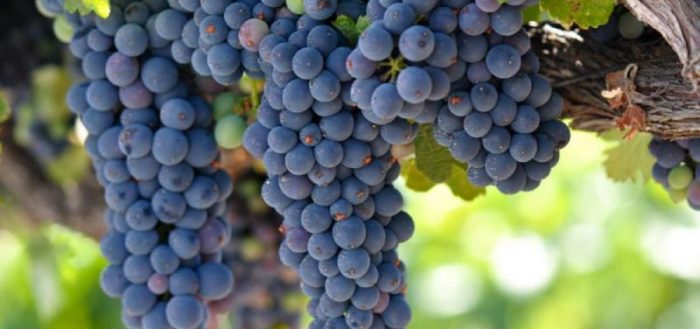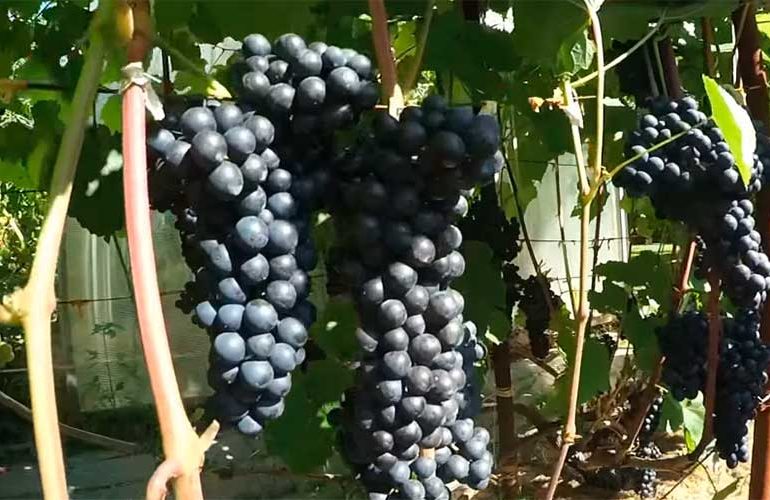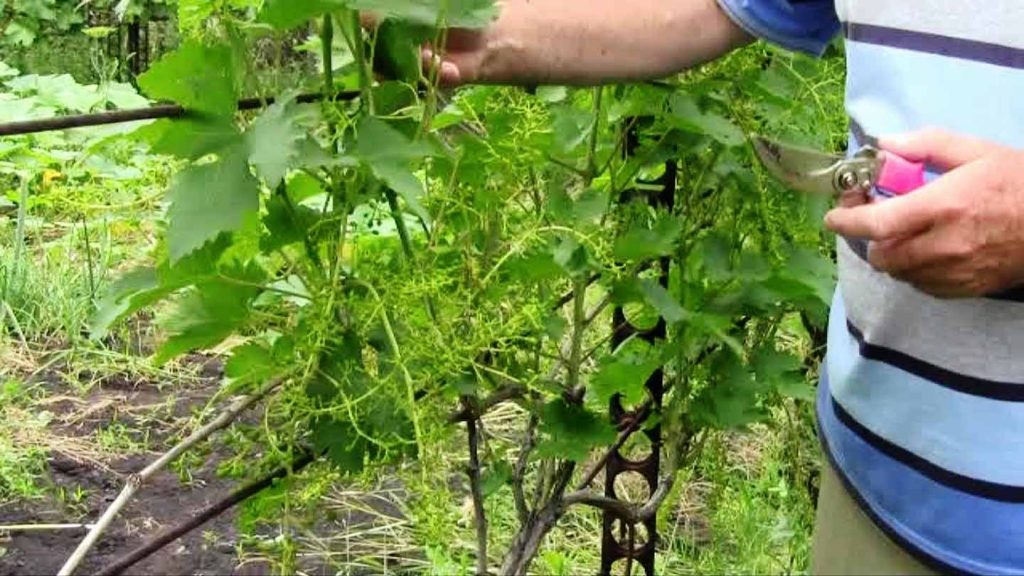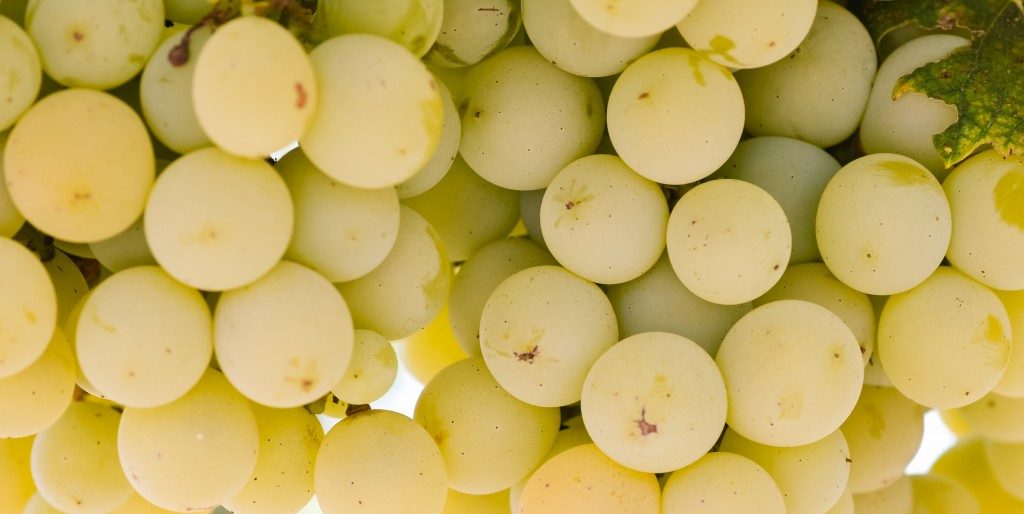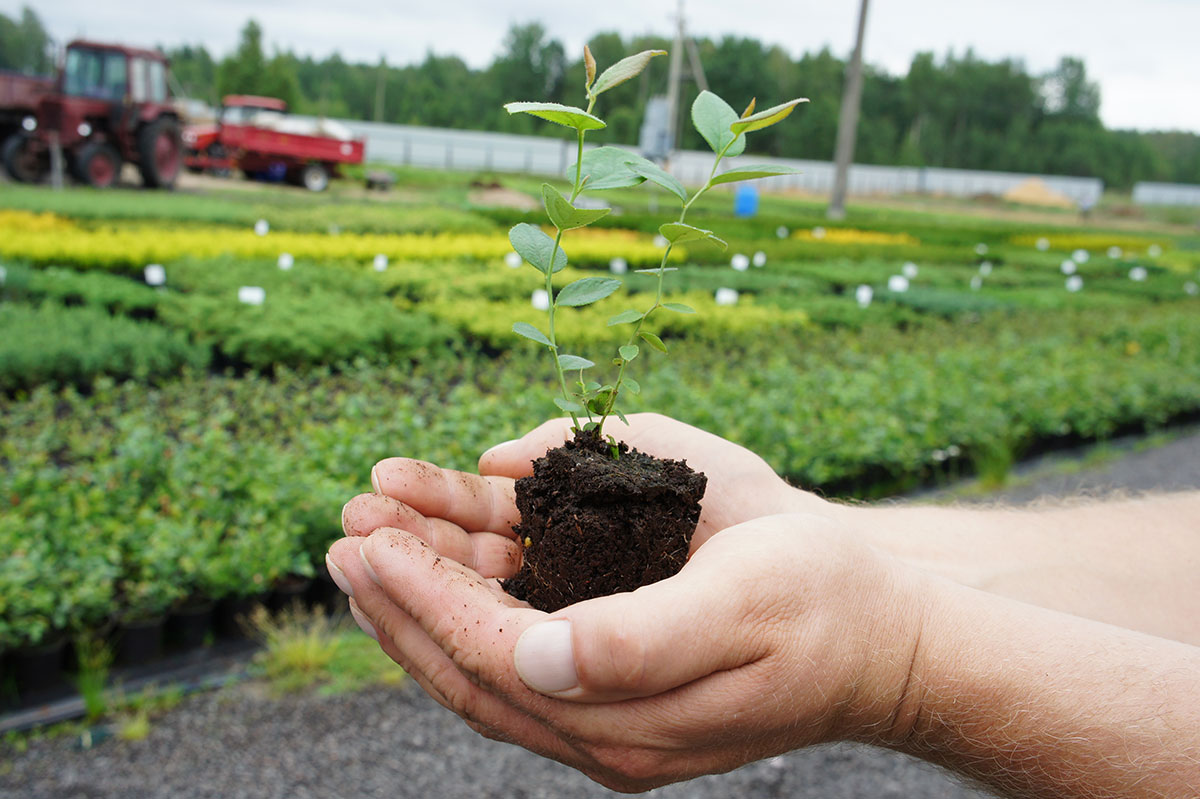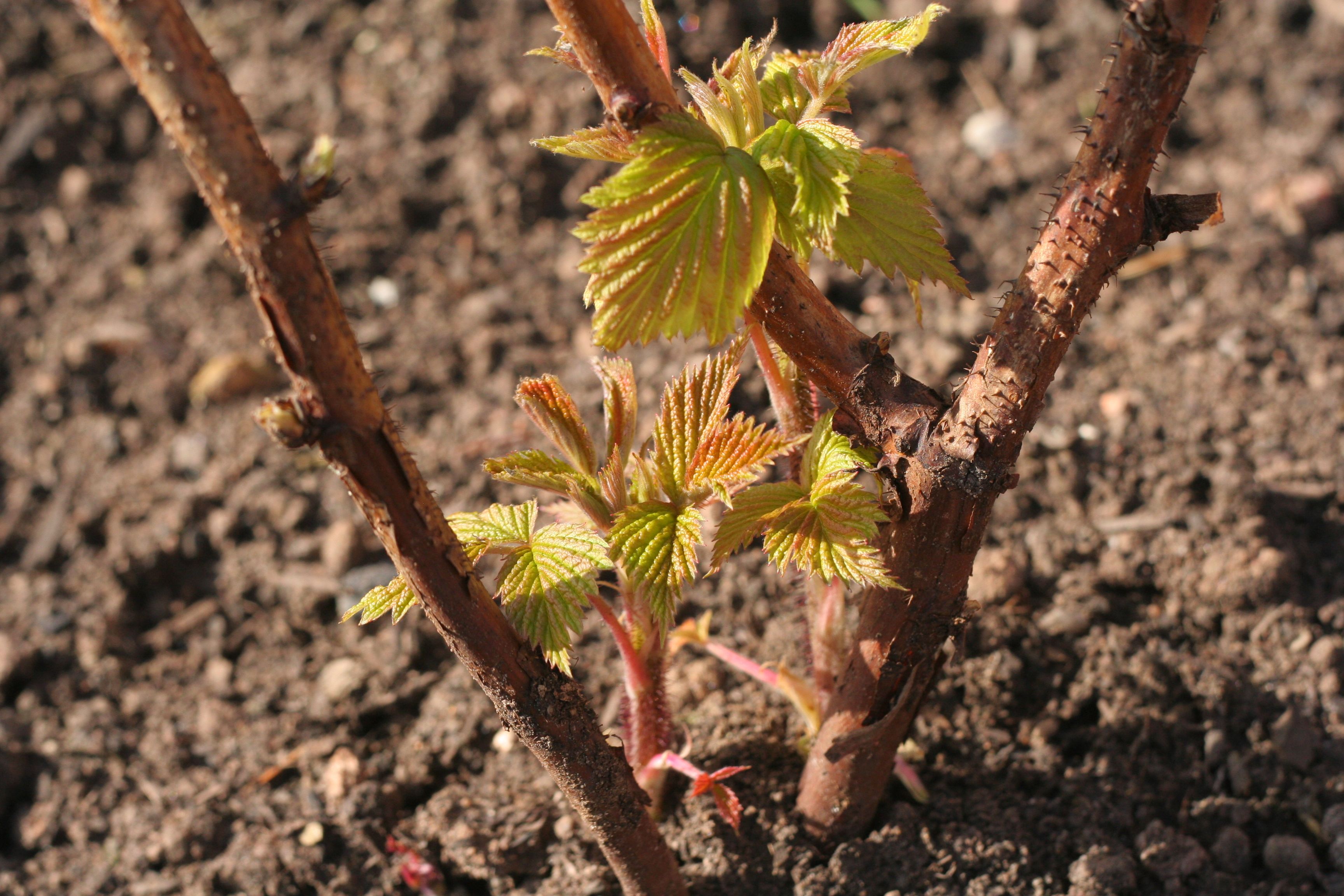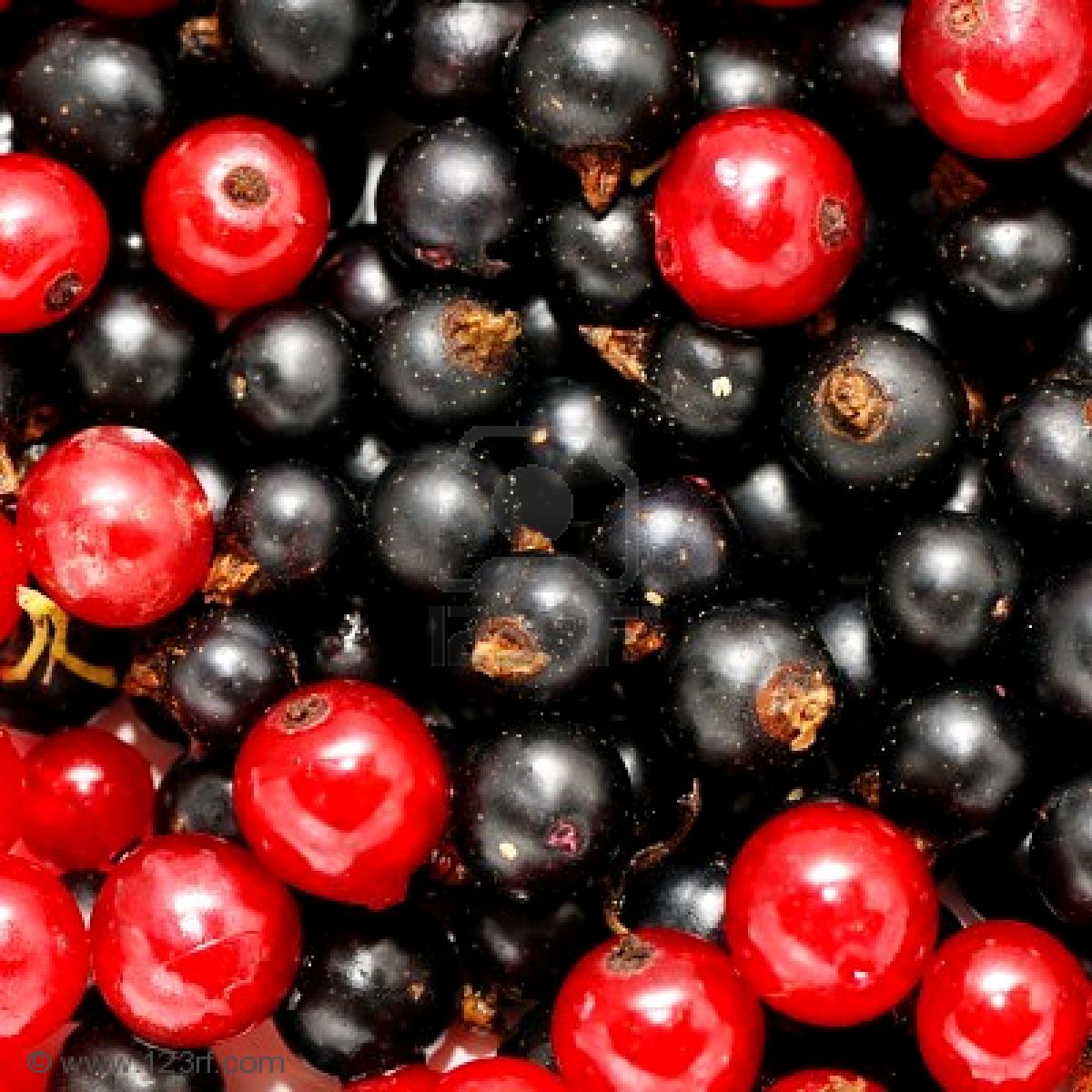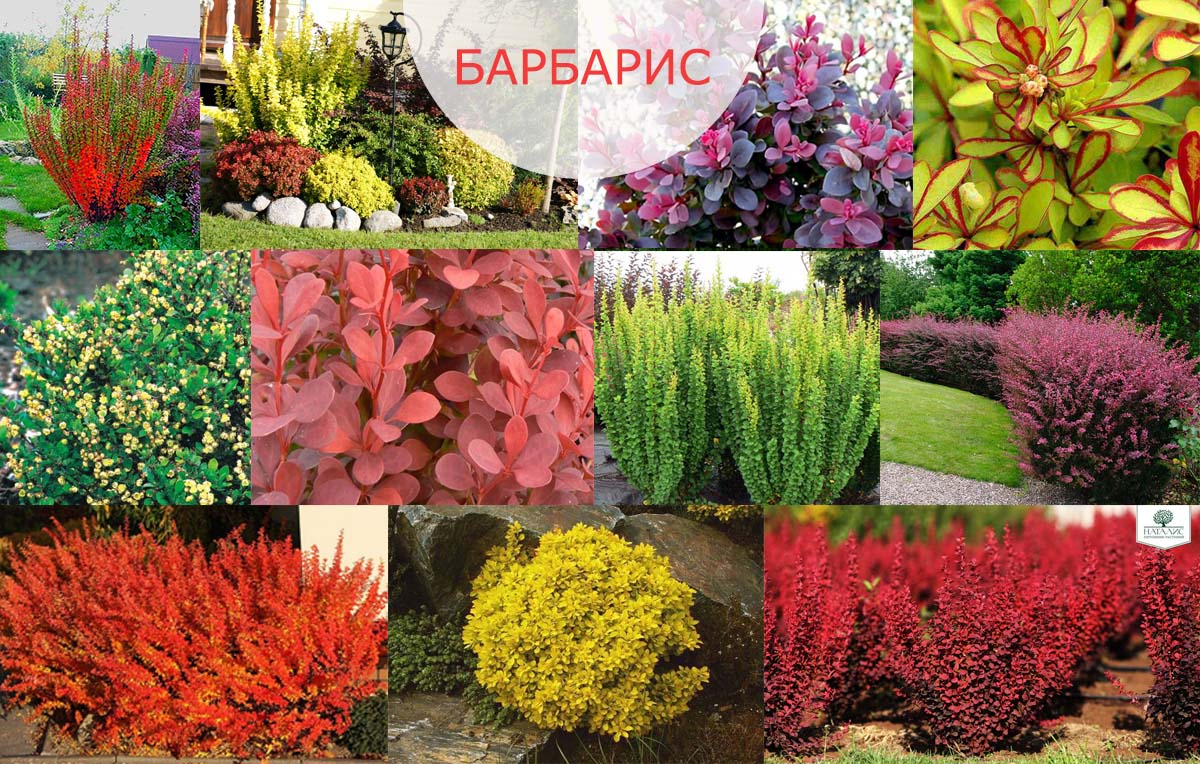Grapes belong to a rather capricious cult. You need to look after him, observe the conditions of agricultural technology. Now planting grapes in the Urals in the spring has become possible due to the fact that quite a few new varieties have appeared. Subject to proper agricultural practices, viticulture in the Urals can give good results.
Features of the region
Here, winter temperatures can range from -16 to 30 degrees. In the summer, it can reach 35 degrees. Therefore, when choosing a grape variety, it is necessary to take into account the ripening period.
For growing grapes in the Urals, it is better to choose early or mid-early varieties, the ripening period of which does not exceed 120 days. Equally important is also such an indicator as winter hardiness. It depends on it whether the vine can withstand low temperatures with minimal losses.
Before opting for a grape variety, it is worth considering the reviews of experienced gardeners about it, as well as familiarizing yourself with its characteristics in detail.
Variety selection
Among a wide variety of crop varieties, experienced winegrowers recommend paying attention to those varieties that are suitable specifically for growing them in the Urals:
- Zilga. The ripening period for this grape variety does not exceed 4 months. The bushes have rather large crowns, on which purple berries develop up to 100 grams each. A distinctive feature of this variety is that it is able to recover well after a cold winter.
- In memory of Dobkovskaya. The crop can be harvested after 3 months. The harvest ripens together, even in a rainy summer. The berries have no seeds. They have a sweet taste and a thin skin. Able to withstand winters up to 30 degrees below zero.
- Aleshenkin. You can start harvesting in 115 - 120 days. It has a high index of frost resistance and winter hardiness. Even with insufficient sunlight, the berries ripen quickly and amicably. The thunders have the shape of a cone, berries are formed on them, each of which leads from 100 to 120 grams.
- In memory of Shatilov. This is an early variety. The weight of one grona reaches 650 grams. It is able to withstand even severe frosts.
- Muscat is white. The crop ripens in 3 months. The berries are white and have a thin skin. Differs in a high rate of frost resistance.
As can be seen from the description of these grape varieties, they all have a short ripening period and a high level of winter hardiness. This indicates that the varieties can be rather successfully cultivated outdoors in the Urals.
Growing and care conditions
Growing grapes in the Urals requires choosing the right place to plant them. It is better to do this on a small hill where the sun's rays fall, but there are no drafts. The distance between the bushes should not be less than 1.5 m, and approximately 2 m should be retreated between the rows. This is necessary so that the plants do not shade each other, and their root systems do not mix.
A pit is dug 75 cm deep, the diameter is 1 m. 6-8 cm of gravel or gravel is poured at the bottom of the pit, well compacted. On top of this layer, you need to pour 250 g of superphosphate fertilizer and at least 2 buckets of manure, which has already rotted well. From above, everything is sprinkled with fertile soil and filled with 1.5 buckets of water.
The seedling is placed at a slight slope. Planting depth does not exceed 45 cm.The top layer of soil should be no higher than the point where the shoots diverge. After covering the seedling with earth, the bush must be watered abundantly with settled water. For 1 season, the vine should give 2 - 3 strong shoots. All excess thin shoots must be removed.
Do not forget that the grape bush needs to be shaped. For this, methods such as pruning, chipping, chasing and pinching its shoots are used. Only in this case is it possible to get a high yield.
Pruning is done in the fall and spring. In this case, it is necessary to remove all sterile shoots.
If the bush is heavily overgrown, you need to pinch it. In this case, not the entire stepson is removed, but 3 - 4 sheets are left on him.
The essence of the minting is that those shoots that grow rapidly are removed. For this, a pruner is used, with which the tip of the shoot is removed to its first true leaf.
For the second season, after removing the winter shelter, it is recommended to shorten the shoot, leaving no more than 4 buds on each of them. By the end of the season, 2 arms are formed on both sides of the main trunk.
In the third year, fruit links are formed on the tops of the sleeves. When trimming them, a combined principle is used. In this case, the outer shoot is cut off to 4 eyes, and the inner one - to 10. These shoots are called the fruit arrow. Already 3 years after planting a seedling in open ground, flower stalks begin to develop on it. It is not recommended to leave more than 5 peduncles. This can lead to the formation of small clusters with small berries.
The vineyard needs timely watering. During the season, grapes need to be watered 2 to 6 times, depending on the amount of rain. For watering, it is better to use warm, settled water, which is poured directly under the root. For watering, it is better to choose earlier in the morning or in the evening, when there is no direct sunlight.
The vines require feeding. It is not recommended to apply fertilizers in the first 2-3 years of cultivation. For the growth of seedlings, those fertilizers that were applied during planting are enough.
For grapes, organic fertilizers are more important than mineral fertilizers. You can use chicken manure, ash, rotten plant residues.
Caring for grapes in the spring in the Urals consists in applying compost, manure or rotted plant residues under each bush. Experienced growers recommend planting annual grasses (siderates) near the grape bushes, when mowing their roots will saturate the soil with useful components, and the upper part will mulch the soil near the stem.
Adult bushes, which have a well-developed green mass, need to be tied up. For this, trellis made of strong wire or twine are used. On both sides of the main stem, stakes are hammered, between which the trellis threads are pulled. When tying, care should be taken not to damage the root system of the plant with stakes, and not to break young shoots with trellises. If you do not carry out the correct and timely garter of the bushes, it is possible that the bush will simply break when the berries ripen. In addition, the garter of the vine helps to ensure that sunlight will better reach the roots of the plant.
Novice winegrowers should not forget about carrying out preventive treatments of the vine against pests and infections.
Subsequently, it is necessary to alternate systemic and contact type fungicides. This will help to avoid the development of fungal diseases on seedlings and adult bushes.
When the crop begins to ripen (late summer - early autumn), you need to inspect the bush. In this case, it is necessary to cut off damaged or diseased grooves. From them, the disease can spread to all berries.In addition, it is recommended to also remove the leaves located above the crowns. This will increase the amount of sunlight needed for the berries to ripen quickly. But do not remove all the leaves, otherwise it is possible that the fruits will receive a sunburn.
After the entire crop is harvested, the bushes need to be watered. At least 20 liters of water are poured under each bush.
It is impossible to grow a good vineyard in the Urals without completing its winter shelter, which is carried out in the fall. Since winters in this region are quite snowy, it is enough to bend the vines to the surface of the earth and cover them with a special covering material. You can also use straw or hay, sawdust or dry grass. If the choice fell on a covering material, you can use a polyethylene film, which reliably retains heat in the soil. The film covers the ground near the root system.
Annual seedlings need to be covered already at a temperature of at least 0 degrees. Adult plants can be wrapped up just before winter, otherwise the ground will start to rot.
It is recommended to propagate grapes using the cuttings method. The stalk is prepared in the fall. Its thickness ranges from 7 to 11 cm. It is better to use an already ripe vine, on which up to 5 buds have formed. All leaves and tendrils must be removed from the cutting.
For 2 - 3 days, the cutting should be soaked in settled water and disinfected in a solution of copper sulfate for 2 days. Then place it until spring in a room where the air temperature does not exceed 7 degrees. To store the cutting, a polyethylene bag is used, into which sand is poured.
To speed up the process of growing grapes, seedlings can be prepared from winter at home. For this, an incision is made on the lower part of the cutting with a knife up to 5 mm long. Subsequently, this will help the roots of the seedling grow. It is planted in a container with fertile soil and placed on the southern windowsill. The air temperature in the room should be within 25 - 29 degrees.
With the onset of April, you can start hardening the seedlings. To do this, they are taken out to the balcony for a short time. Gradually, the hardening time is increased and brought to 3 hours. In open ground, seedlings can be planted in mid-May. To avoid damaging the seedling with spring frosts, it can be covered overnight with a plastic container or plastic wrap. Roots begin to form on them after 15 - 20 days.
Proper care of the vine, observance of all conditions of agricultural technology allows you to get a good harvest of berries, even in the Urals.
